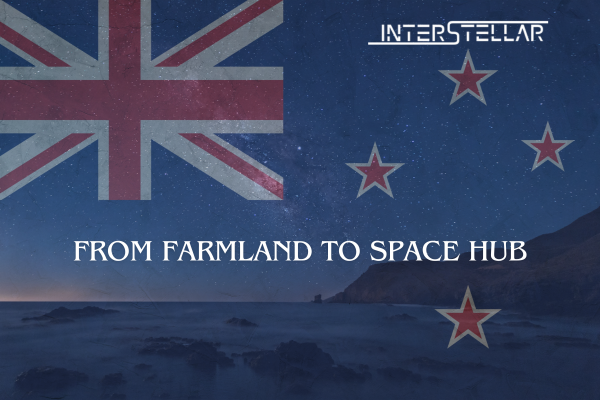New Zealand’s Aerospace Aspirations: Transforming Farmland into a Space Hub
The grassy plains on the east coast of New Zealand’s South Island, once home to cattle, have been transformed into a key aerospace facility as the country aims to become a global hub for advanced aircraft and space exploration. The new Tawhaki National Aerospace Centre, located on the 25-kilometre-long Kaitorete spit, is inviting aerospace firms from around the world to set up operations there.
Government Investment and Strategic Advantages
The New Zealand government has invested NZ$29.4 million ($17.97 million) in the Tawhaki National Aerospace Centre. This centre is part of a broader initiative to boost the country’s emerging aerospace sector, hoping to make it a significant contributor to the economy, which is primarily agricultural. The location offers several strategic benefits, including minimal air traffic, safe launch paths over water, and a favourable latitude for satellite placement.
Growing Global Aerospace Industry
Judith Collins, New Zealand’s first space minister, emphasised the country’s advantageous location. The global space and aerospace industries are expanding rapidly, with a 50% increase in commercial space launches in 2023 compared to the previous year, according to the U.S. Space Foundation. New Zealand’s geographical position provides it with a competitive edge as it seeks a larger share of the $600 billion global market. In 2023, New Zealand hosted seven rocket launches, ranking fourth globally, all conducted by Rocket Lab. Rocket Lab’s success has fostered a growing space technology sector in the country, including companies like Zenith Technica.
New Zealand’s Ambitious Goals
Despite this progress, New Zealand remains a relatively small player in the global aerospace industry. In 2019, the country’s space industry was valued at NZ$1.7 billion ($1.04 billion). The government aims to grow this to NZ$10 billion by 2030, providing a significant boost to an economy currently in recession. To achieve this, the government plans to reduce regulatory barriers for space launches, testing, and employment.
International Collaboration and Local Development
New Zealand has signed several agreements to facilitate international collaboration. In April, Judith Collins met with NASA and U.S. Space Command officials to promote New Zealand. A local government-owned satellite monitoring facility in the southern part of the country serves clients including the European Space Agency.
Tawhaki National Aerospace Centre
The Tawhaki centre, a partnership between the government and local indigenous people, was selected for its proximity to a major city and port, allowing safe launches over the sea. Although currently focused on testing advanced aircraft, the facility aims to create high-tech jobs and rethink land use. Linda Falwasser, the facility’s chief executive, highlighted the goal of increasing employment and economic growth through high-tech jobs.
In 2019, more than 5,000 New Zealanders were directly employed in the space sector, a significant increase from almost none 15 years earlier. Over 20 companies in New Zealand now provide space-related services. According to Mark Rocket, president of Aerospace New Zealand, the sector is creating numerous jobs and adding value to the economy.
Future Prospects and Global Engagement
Tawhaki has attracted several companies, including Boeing subsidiary Wisk Aero, which successfully tested an uncrewed aircraft at the facility. The centre is negotiating with German and Singaporean entities and recently participated in a trade mission to Southeast Asia to attract more business. Falwasser emphasised that the facility aims to meet real demand, with vertical orbital launch as the next objective.





